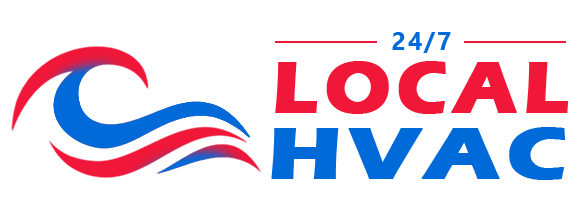Furnace Troubleshooting Tips
The next time your gas furnace stops pumping out the heat, before you call in the pros, try to troubleshoot the problem yourself using this handy checklist.
Now that winter’s is here, it’s time for a pop quiz: You wake up in the morning and there’s ice on the dog’s water dish. What do you do?
If you had trouble with that one, it’s time for a quick lesson on furnace troubleshooting. Here are nine easy tasks you can perform yourself, before you call in a repairman, to try and get your gas furnace to start kicking out the heat again.
Step 1: Make sure the thermostat is set to “Heat.”
This sounds obvious, but it’s true: a lot of people don’t have their thermostat set right. So the first step in troubleshooting your furnace is to double-check that the thermostat is set correctly. Many thermostats have to be physically set to Heat. That switch can easily get moved—say, during dusting. We also advises to make sure the set point is at a temperature that will actually turn on the furnace.
Give the furnace a minute or so for the fan and the heat to kick on. If it’s still not on, set the thermostat to 90 degrees Fahrenheit . That way it won’t turn on and off repeatedly while you’re troubleshooting.
Step 2: Filter out trouble.
Filter-related failures are probably one of the most common furnace problems out there, primarily because homeowners forget about the filters.
How do you know if this is your furnace’s problem? First, check your filter for obvious dirt. Don’t try to skimp by cleaning and reusing cheap hardware-store filters. They have been sprayed with an oil that catches dirt, and once saturated they are no longer effective. We recommend that homeowners replace their filters once a month. A monthly routine will be much easier to remember than every two months—and it’s that important.
Another way to determine that you may have a filter failure: Listen for a whistle. If the furnace can’t get enough air through the filter, it pulls air through any opening it can. A whistling sound is an indication of a problem.
Step 3: Change the batteries?
Some thermostats are wired to the house’s electrical system, while others use batteries. How is yours powered? Sometimes those that use batteries will flash a low-battery symbol when they need a replacement, but the signal often goes unnoticed.
Step 4: Do you have juice?
You need to know if the furnace is getting electricity, so check. Most thermostats have a switch for the fan that says either “On” or “Auto” (which means that the fan turns on when the equipment comes on). Throw the switch to “On.” If the fan comes on, then you know you’ve got power to the furnace. If it doesn’t, you know you’ve got other problems.
Step 5: Find that circuit breaker.
Still haven’t found the problem? Here’s the next step in furnace troubleshooting: Go to your home’s breaker panel and look for the circuit that controls the furnace. You’re looking to see whether it’s thrown to the “Off” position, or whether it’s in the middle. (In some panels the switch shows red.) Some electricians do a poor job of labeling—or correctly labeling—appliances in the house. Don’t see the furnace listed? You’re looking for the one switch that seems in a different position from all the others. To fix it, throw it all the way off, then back on.
Step 6: Throw ANOTHER switch.
Furnaces have another switch, simply known as the “furnace switch.” It’s a power switch that often looks like a regular light switch. It can be located either on the unit or—because electricians often work before the furnace is installed—on a wall nearby. Often this switch is unlabeled. If installed correctly, the switch in the up position is “On.” Unfortunately, this switch can sometimes be mistaken for a light switch and accidentally turned off. Throw this switch and give it a few minutes, as some furnaces have a few minutes’ delay.
Step 7: Break the code.
Furnaces built about 1990 or later have a tiny window where a light shows through. That light can not only tell you whether the furnace has power, it can flash a code to help you know what’s going on.
If you’ve flipped the furnace switch off, then back on, note the sequence of the flashing light. Then open the furnace’s access panels (there are usually two). Inside one will be a key that tells you what the code means. That meaning will be useful information to tell a technician if the furnace still won’t start after you replace the panels.
Step 8: Follow the light.
If your furnace has a pilot light—anything less than 20 years old won’t—there are instructions in your owner’s manual for how to relight the pilot. A modestly capable homeowner should be able to do it. You’re dealing with fire, however, so don’t do anything you’re not comfortable with.
Step 9: Now you’re desperate: Check the gas valve
If all else fails, check the furnace’s gas valve to make sure that it hasn’t somehow been turned to the “Off ” position. Any gas furnace has a “gas cock” that has to be located within six feet of the furnace. This is usually never touched, but you could check it. Another way to double-check: If you have more than one gas appliance, find out if it’s working. If it is, you know that the gas line into the home is OK.
Looking Forward
So when should you give up troubleshooting your furnace yourself and call in the cavalry? That point varies for every homeowner. When you get uncomfortable, call 247 Local HVAC @ (833) 219-8010
An ounce of prevention is worth a pound of cure. We recommend that someone come out twice a year—in spring to check on the air conditioner before it gets a workout, and in autumn to make sure the furnace is running efficiently: Typically it’s not that expensive to have such maintenance visits. It’s a good thing to do, with such a high-dollar item in your house. For about $100 or so, a technician will eyeball the system, oil the motors, run a safety check, and clean the flame rod on the newer furnaces to make sure the flame is there.
DON’T DELAY YOUR COMFORT! Contact Vasi for a free quote !!!


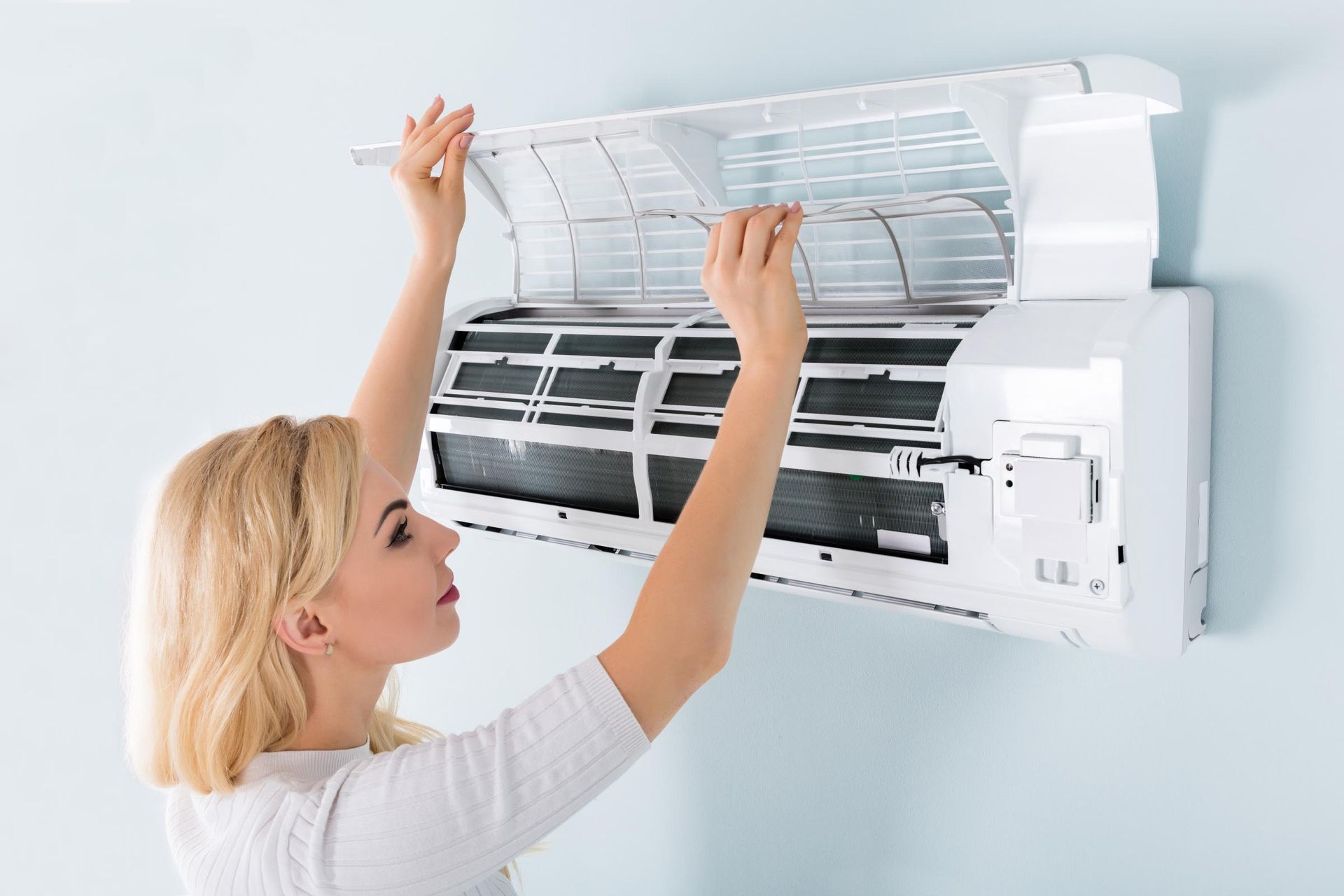
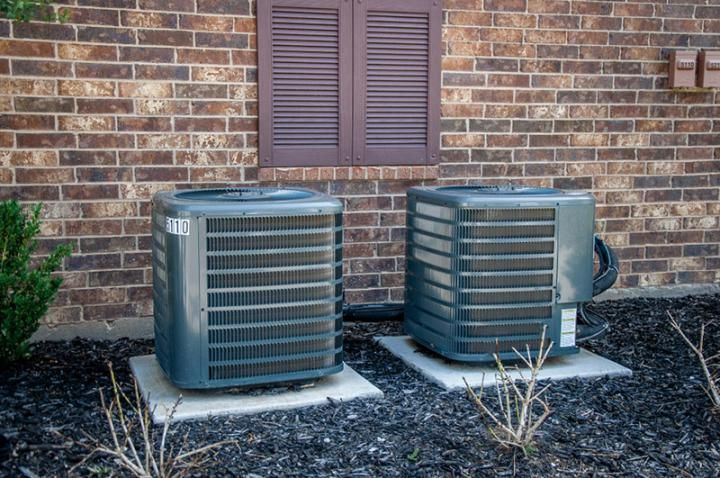

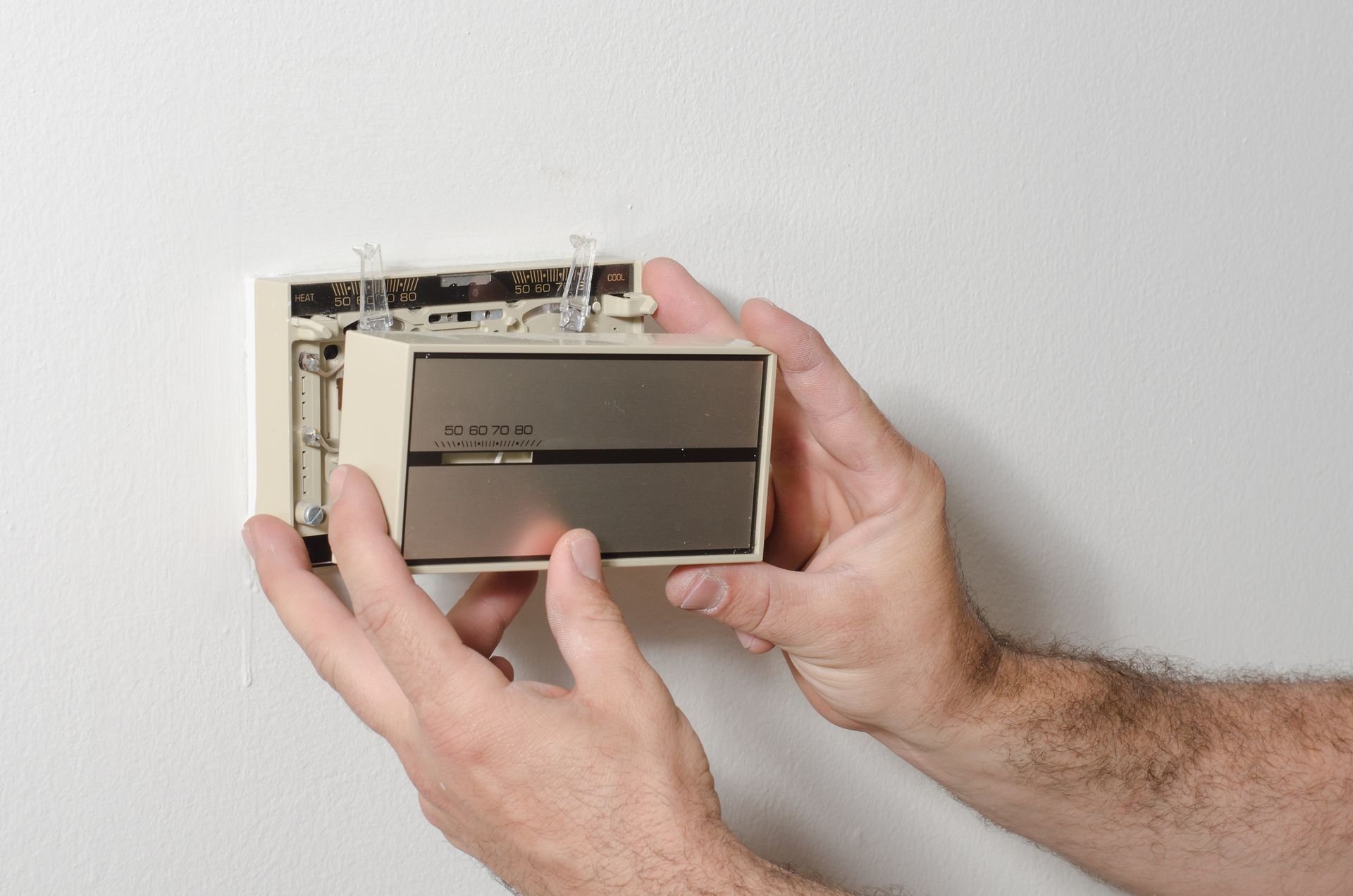

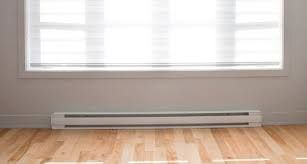
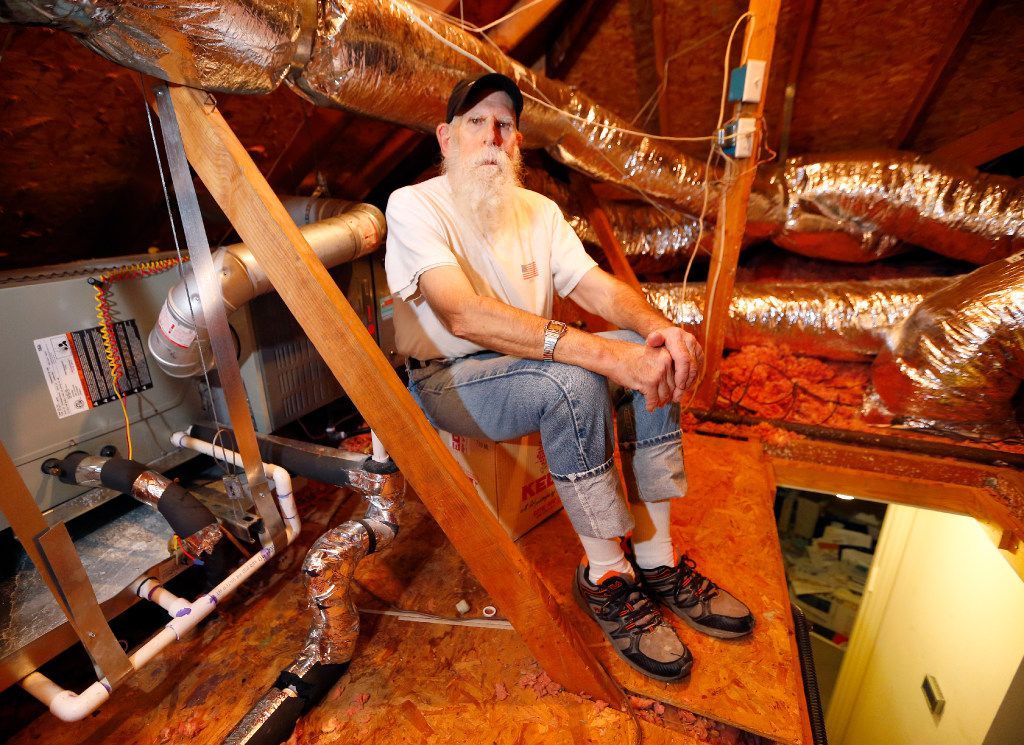

At 24/7 Local HVAC, we specialize in facilitating connections with top-tier HVAC professionals. Our focus is on bridging the gap between you and reputable HVAC companies operating within your local vicinity. It's important to emphasize that each of these HVAC entities functions independently and autonomously.
We firmly place the onus on every individual user to meticulously verify that any selected HVAC company aligns with the mandated licensing and insurance prerequisites stipulated by the governing authorities in their respective jurisdiction.
Furthermore, it's worth noting that our services may regrettably not cover all geographical areas. In instances where our services are available, the scope of offerings could potentially differ based on the composition of service providers present within that particular region.

